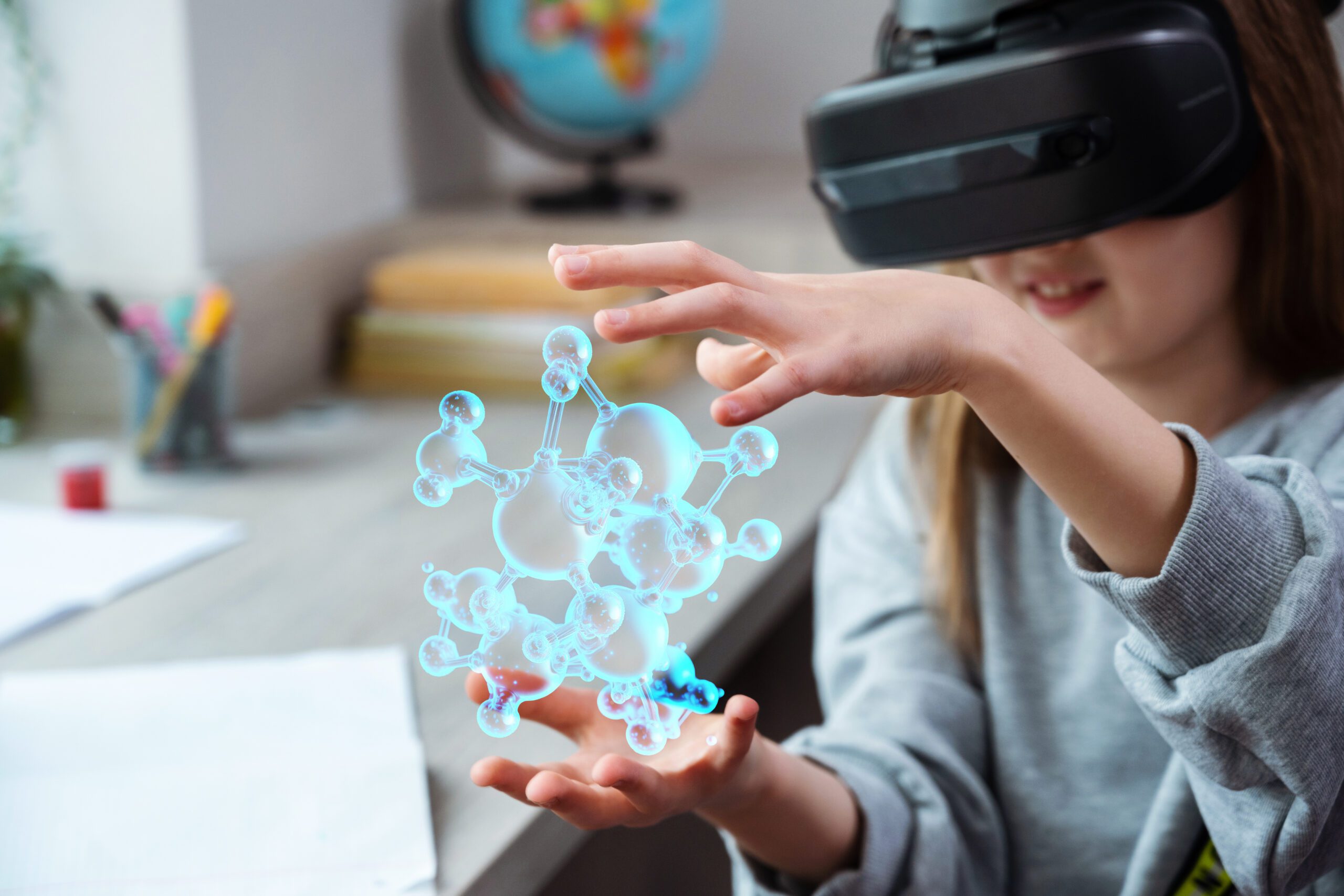Virtual Reality (VR) has emerged as a groundbreaking technology, transforming various sectors, including education. By creating immersive, interactive learning environments, VR is enhancing educational experiences and providing opportunities that were once unimaginable. This article explores ten amazing examples of how VR is revolutionizing education, showcasing its potential to engage and inspire students like never before.
Table of Contents
-
What is VR?
-
The Importance of VR in Education
-
Example 1: Career Exploration
-
Example 2: 3D Drawing Tools
-
Example 3: Virtual Field Trips
-
Example 4: Physics Simulations
-
Example 5: Distance Learning
-
Example 6: STEM Education
-
Example 7: Science Labs
-
Example 8: Virtual Content Creation
-
Example 9: Earth and Space Lessons
-
Example 10: Environmental Science
-
Future of VR in Education
-
Conclusion
-
Frequently Asked Questions (FAQs)
What is VR?
Virtual Reality (VR) is a simulated experience that can transport your students to a new environment or augment your exiting environment with Extended Reality (XR). They typically involve the use of headsets and motion tracking to immerse users in a digital environment where they can interact with virtual objects and scenarios.
The Importance of VR in Education
Enhancing Engagement
VR captivates students’ attention by providing dynamic and interactive content, making learning more engaging and enjoyable.
Immersive Learning Experiences
Through VR, students can experience hands-on learning in a controlled environment, which enhances their understanding and retention of complex concepts.

Example 1: Career Exploration
Virtual Job Shadowing
Learning Time VR offers career exploration experiences, allowing students to virtually shadow professionals in various fields such as medical services, carpentry, and many more. This helps students gain insights into different careers without leaving the classroom.
Exploring Different Career Paths
Students can explore multiple career paths through 180-degree 3D videos and simulations, helping them make informed decisions about their future professions.
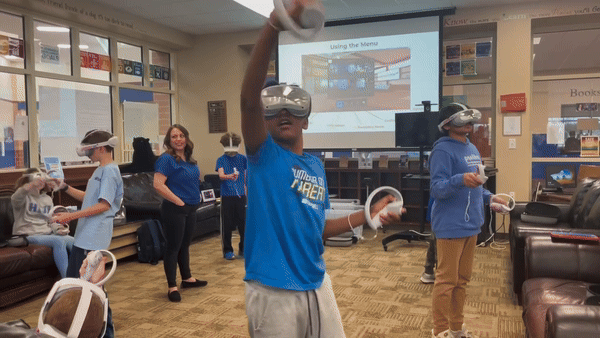
Example 2: 3D Drawing Tools
Enhancing Creativity with VR
Learning Time VR provides tools that enable students to create 3D drawings, fostering creativity and innovation. These tools allow students to visualize their artistic ideas in a virtual space, enhancing their learning experience.
Tools and Applications for 3D Drawing
Students can use various applications to draw, sculpt, and design in 3D, making art and engineering classes more interactive and engaging. This hands-on approach helps students develop spatial awareness and technical skills.

Example 3: Virtual Field Trips
Exploring Historical Sites
Students can virtually visit significant landmarks, such as the Grand Canyon or the Colosseum in Rome, gaining a deeper appreciation of history and culture. These virtual field trips make history lessons more vivid and memorable.
Visiting Space and the Deep Ocean
VR enables students to explore outer space or the depths of the ocean, experiences that are otherwise impossible in a traditional classroom setting. This expands their understanding of science and the natural world.
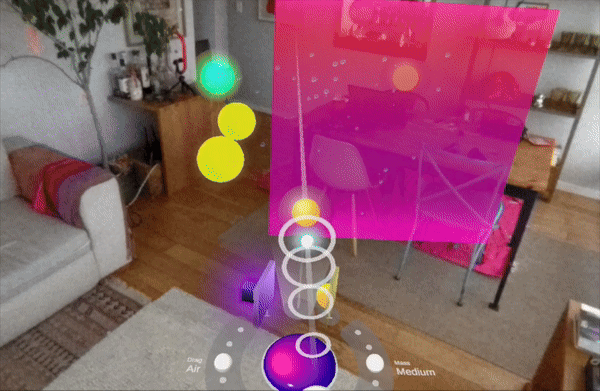
Example 4: Physics Simulations
Learning Time VR offers physics simulations where students can interact with virtual experiments, helping them understand complex physical principles through hands-on activities.
Understanding Complex Physical Concepts
Students can explore concepts such as gravity, force, and motion in a virtual environment, making abstract ideas more concrete and easier to grasp.
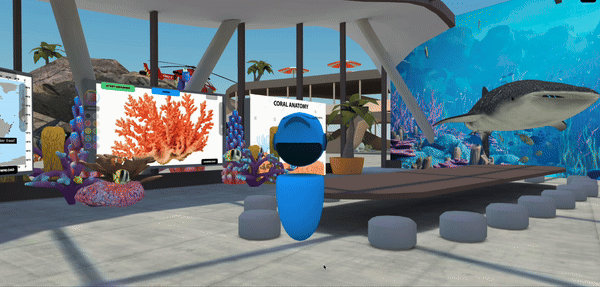
Example 5: Distance Learning
Virtual Classrooms
Learning Time VR allows teachers to create virtual classrooms where students and teachers can interact in real-time, regardless of their physical location. This makes distance learning more immersive and engaging.
Real-Time Collaboration and Interaction
Students can collaborate on projects and participate in discussions in a virtual environment, enhancing their learning experience and fostering a sense of community.
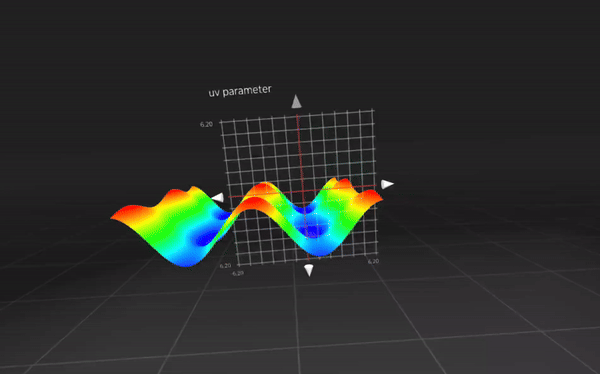
Example 6: STEM Education
Simulated Engineering Projects
VR allows students to engage in simulated engineering projects, providing an in depth look at how things work. This hands-on approach is crucial for developing technical skills in STEM fields.
Technology and Innovation in VR
Learning Time VR includes modules that cover various technological innovations, helping students stay updated with the latest advancements and their applications in real-world scenarios.
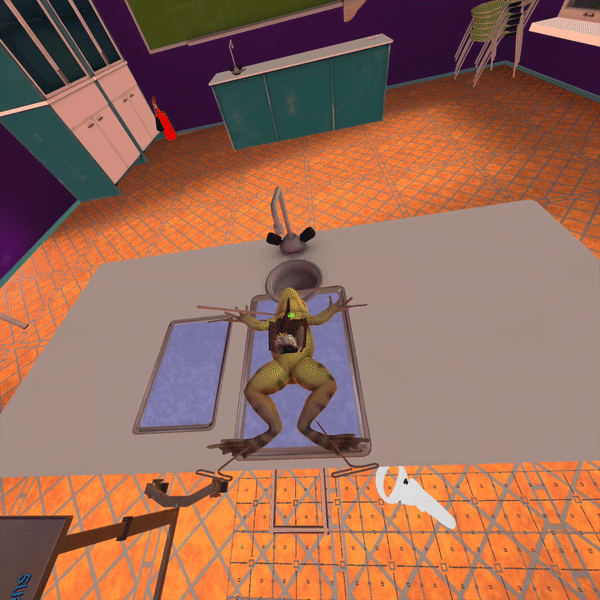
Example 7: Science Labs
Virtual Chemistry Experiments
Students can conduct chemistry experiments in a virtual lab, learning about chemical reactions and safety procedures without the risks associated with real chemicals. This safe environment encourages experimentation and curiosity.
Biology Lessons in VR
VR provides detailed, interactive 3D models for biology lessons, allowing students to explore complex biological structures and processes in a way that traditional methods cannot match.
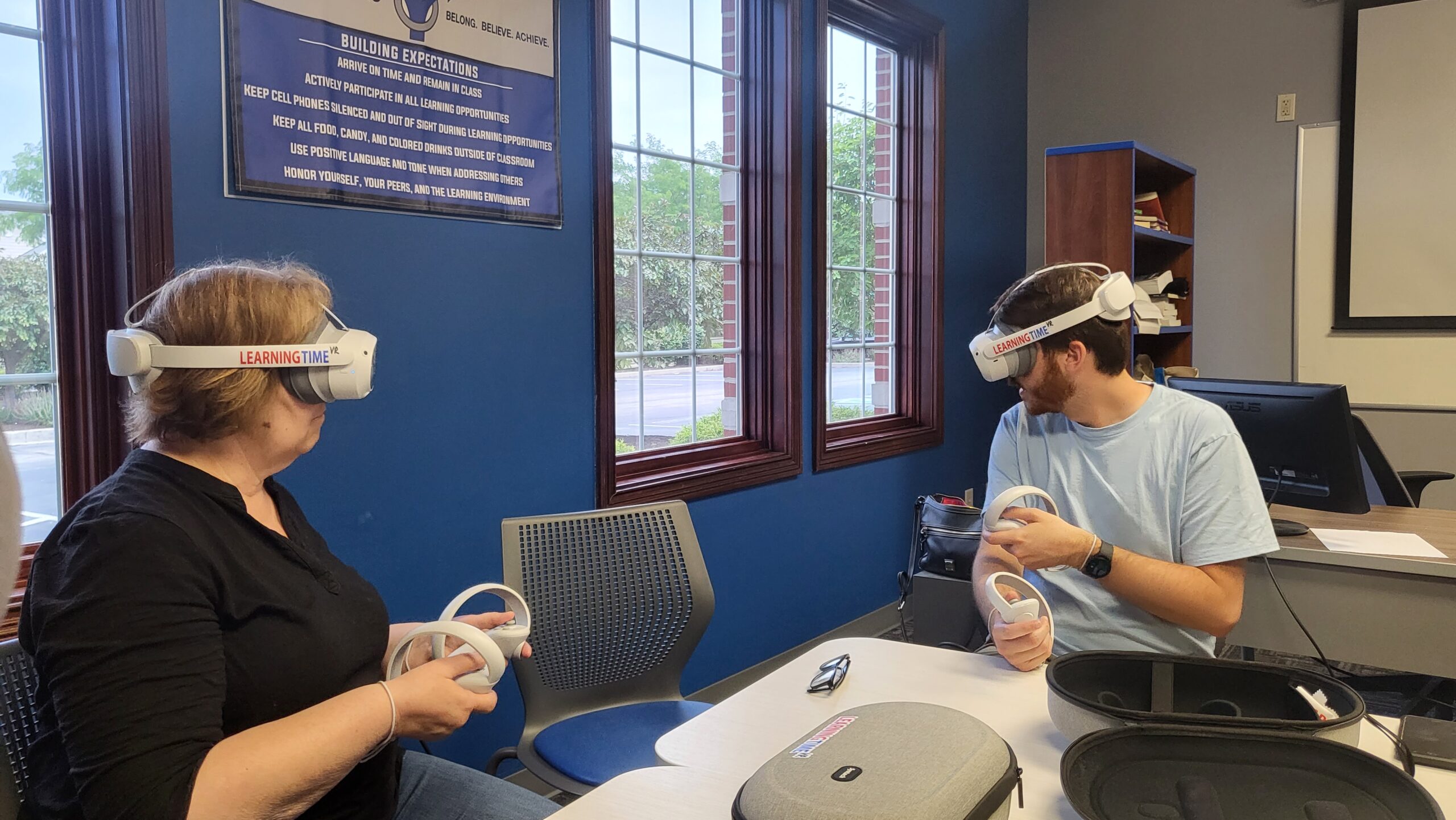
Example 8: Virtual Content Creation
Creating Educational Content
Learning Time VR enables students and teachers to create their own virtual content, enhancing the learning experience through customization and creativity.
Collaborative Projects
Students can work together on virtual content creation projects, promoting teamwork and collaboration in a digital space.
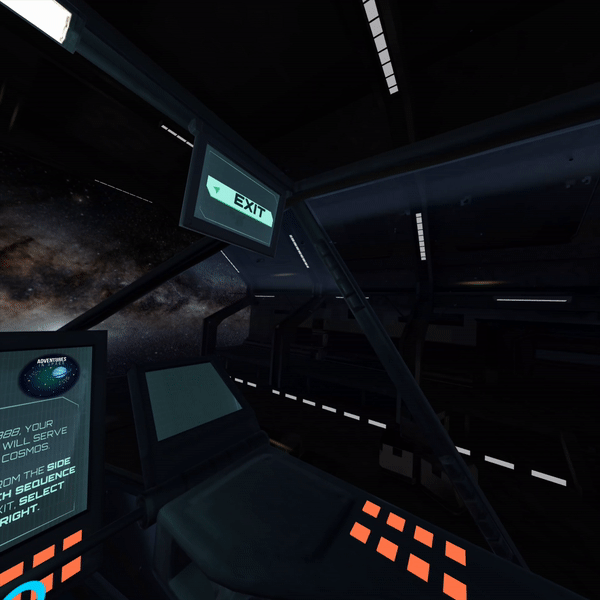
Example 9: Earth & Space Lessons
Exploring the Cosmos
VR allows students to explore space, learning about planets, stars, and galaxies in an immersive environment. This makes astronomy lessons more engaging and informative.
Understanding Geological Processes
Students can examine geological processes, such as volcanic eruptions and plate tectonics, through interactive VR simulations, providing a deeper understanding of Earth science.

Example 10: Environmental Studies
Studying Ecosystems
VR enables students to study various ecosystems, observing flora and fauna in their natural habitats without leaving the classroom. This hands-on approach to environmental science fosters a greater appreciation for biodiversity.
Climate Change Simulations
Students can explore the effects of climate change through VR simulations, understanding the impact of human activities on the environment and the importance of sustainable practices.
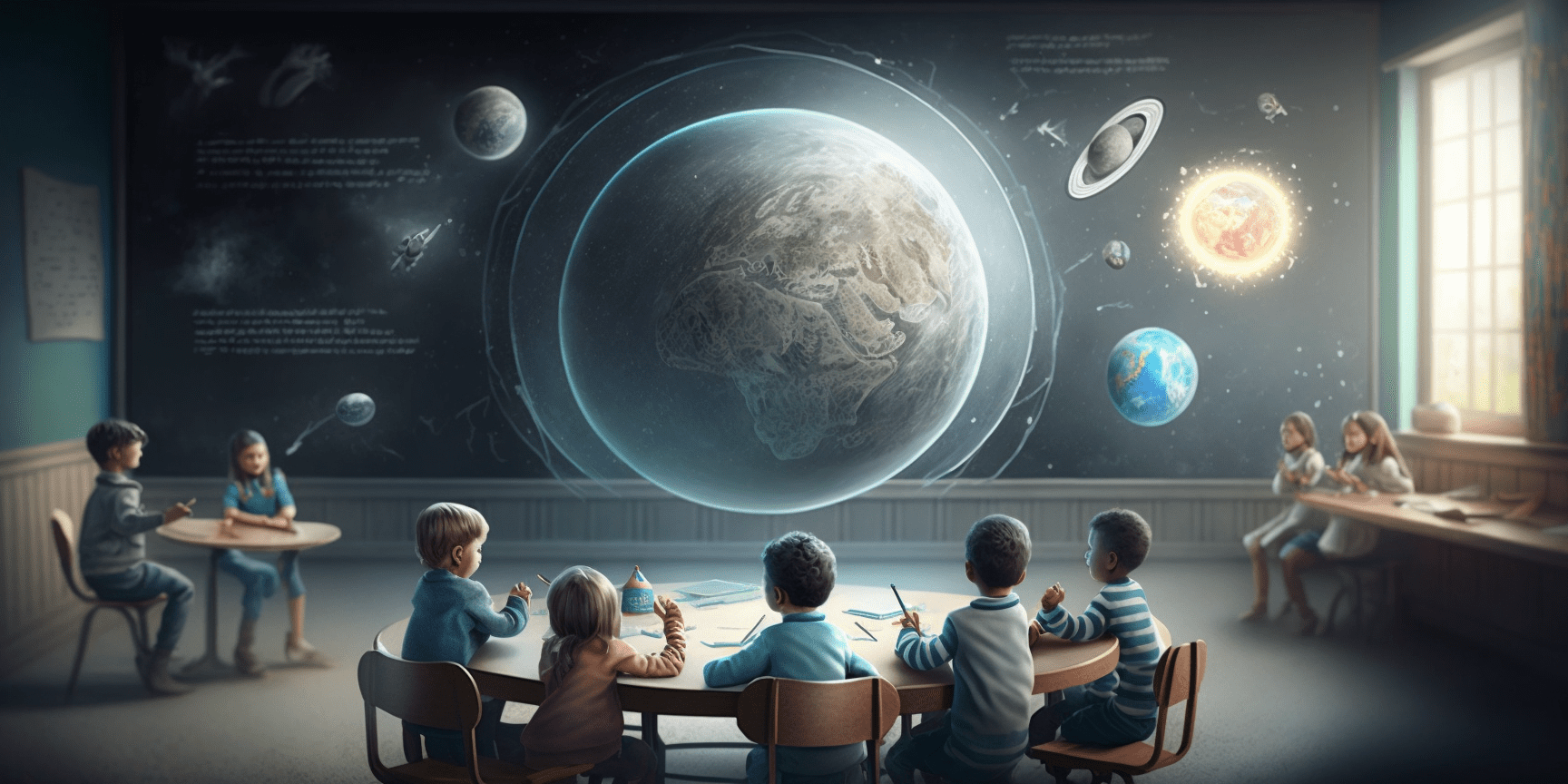
The Future of VR Education
Advancements in VR Technology
Ongoing advancements in VR technology promise to make it more affordable and accessible, paving the way for broader use in educational settings. Future developments will enhance the capabilities and applications of VR in education.
Potential Future Applications
The future of VR in education holds immense potential, with possibilities ranging from work-based learning simulations to global classroom collaborations, further enriching the learning experience.
Conclusion
VR is revolutionizing education by providing immersive, interactive, and engaging learning experiences. From virtual field trips to career exploration, the examples discussed highlight the transformative impact of VR on education. As technology continues to advance, the possibilities for VR in education are boundless, promising a future where learning is more dynamic and accessible than ever before.
Frequently Asked Questions (FAQs)
What are the benefits of VR in education?
- VR offers immersive, engaging, and interactive learning experiences, making complex concepts easier to understand and retain.
How expensive is VR for educational purposes?
- The cost of VR can vary widely, but ongoing technological advancements are making it more affordable and accessible over time.
Is VR safe for students?
- When used responsibly, VR is safe for students. It’s important to follow guidelines to prevent issues like motion sickness and ensure appropriate content.
Can VR replace traditional teaching methods?
- While VR enhances learning, it is not likely to replace traditional teaching methods entirely. Instead, it serves as a valuable supplementary tool.
What subjects benefit most from VR?
- Subjects that benefit most from VR include science, history, and technical fields like engineering and medicine.
How can schools integrate VR into their curriculum?
- Schools can integrate VR by starting with pilot programs, investing in VR equipment, and training teachers to effectively use VR in their lessons.
If you would like to learn more about getting VR into your school, we would love to meet with you. Below you can schedule a meeting time that works for you.

